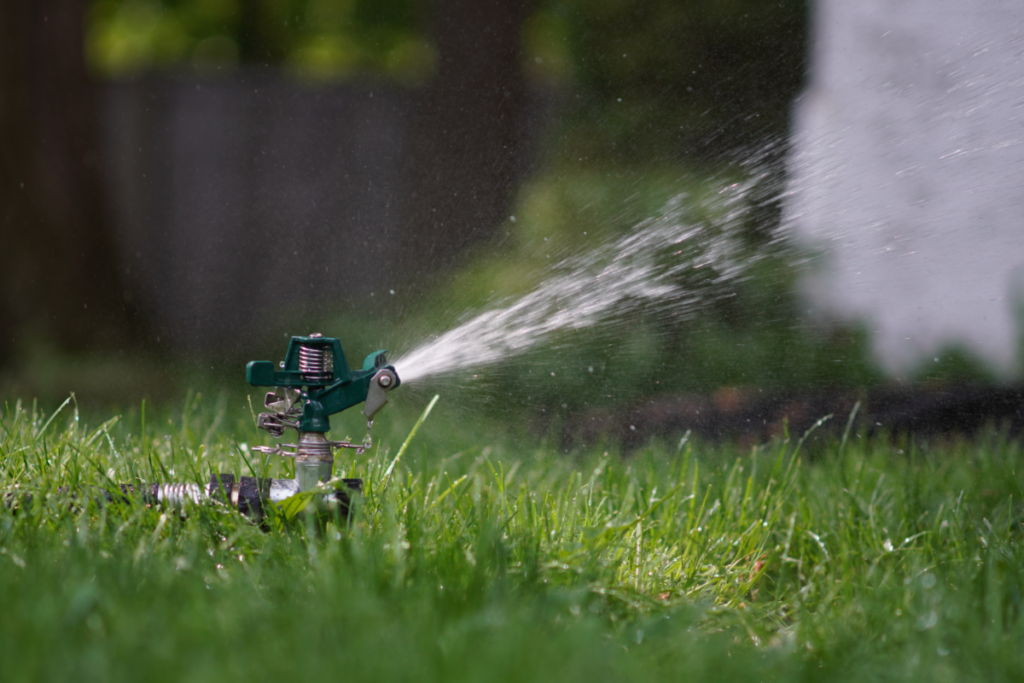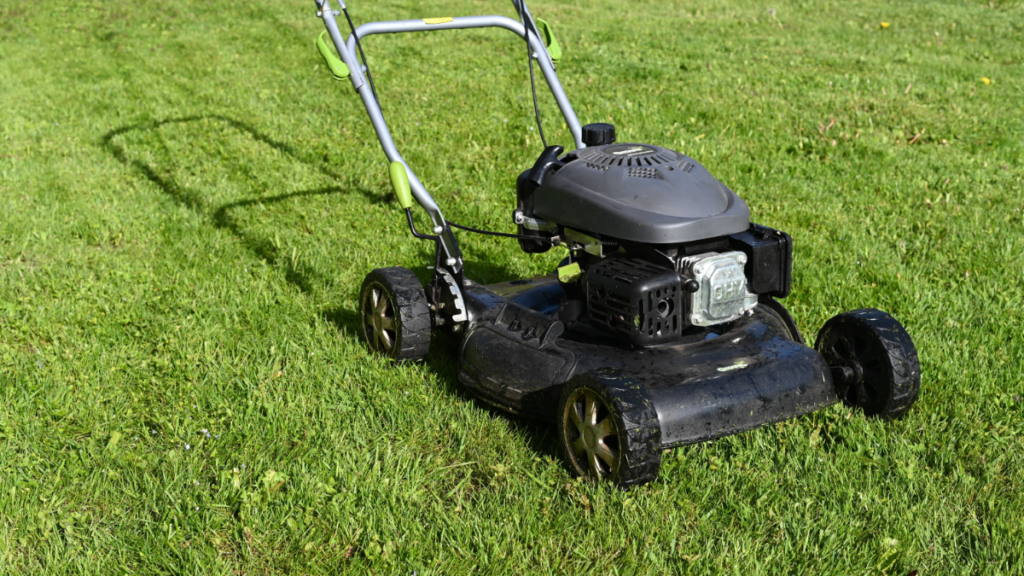Spring is nearly upon us, here are some tips for a lush and healthy lawn.
We’ve made it through Ground Hog Day, and now most of us have sprung ahead into Daylight Savings Time. Spring will be here in a few short days and that means it is time to start getting our lawns in order. As a follow-up to my Fall Lawn Care Tips article, here is your Spring version for getting your lawn on the fast track to a lush and healthy lawn.

Spring is the perfect time to prepare your lawn for the growing season ahead. As the weather warms up and the days get longer, your lawn will begin to come back to life after the cold winter months. With some simple spring lawn care tips, you can keep your lawn looking healthy and vibrant throughout the season.
Assess the Condition of Your Lawn
Before you start any lawn care activities, it’s important to assess the condition of your lawn. Walk around your lawn and look for any bare spots, weeds, or other signs of damage. Check the soil moisture and pH levels to determine if your lawn needs additional nutrients or water. This assessment will help you determine what your lawn needs to thrive.
Clean Up Your Lawn
Cleaning up your lawn is an essential step in spring lawn care. Remove any debris, such as leaves, branches, and twigs, that may have accumulated over the winter. Rake your lawn to remove dead grass, or thatch, that may be covering the soil. This will allow water, air, and nutrients to reach the grass roots, promoting healthy growth.
Aerate Your Lawn

Water Your Lawn
Proper watering is essential for a healthy lawn. Water your lawn deeply, but infrequently, to encourage deep root growth. Water in the morning or evening to prevent evaporation and minimize the risk of fungal growth. Use a sprinkler or hose to water your lawn, and make sure to avoid overwatering, which can lead to shallow root growth and fungal diseases. Monitor your lawn regularly and adjust your watering schedule as needed to maintain healthy growth.
Aeration is a process that involves poking small holes in your lawn to allow water, air, and nutrients to penetrate the soil. This helps to break up compacted soil and allows your lawn to breathe. Aeration also promotes root growth and reduces thatch buildup. You can use a manual or power aerator, or hire a professional to do the job.
Dethatch Your Lawn
Thatch is a layer of dead grass and other organic material that accumulates on top of the soil. This can prevent water and nutrients from reaching the roots of your grass. Dethatching involves removing this layer of thatch to promote healthy growth. You can use a dethatching rake or a power dethatcher to remove the thatch.
Fertilize Your Lawn
Fertilizing your lawn in the spring provides the nutrients that your grass needs to grow strong and healthy.
Look for a fertilizer that is specifically formulated for spring use and contains a balanced mix of nitrogen, phosphorus, and potassium. The ideal fertilizer ratio will depend on your grass type and soil conditions. Generally, a 20-5-10 or 16-4-8 fertilizer is a good choice for most lawns in the spring. Be sure to follow the instructions carefully, and apply the fertilizer evenly over your lawn. Over-fertilizing can damage your lawn, so it’s important to use the correct amount.
Reseed and Overseed Your Lawn
Reseeding and overseeding your lawn can help to fill in bare spots and improve the overall health of your lawn. Choose a high-quality grass seed that is appropriate for your climate and soil type. Spread the seed evenly over the lawn, and water it regularly until it germinates.

Mow Your Lawn Properly
Proper mowing is essential for a healthy lawn. Set your mower blade to the appropriate height for your grass type and mow regularly to prevent the grass from getting too long. A good rule of thumb is to mow no more than one-third of the grass blade at a time. This will help to promote healthy growth and prevent damage to the grass.
Control Weeds and Pests
Weeds and pests can quickly take over a lawn if left unchecked. Use an herbicide to control weeds, or remove them manually by hand. Monitor your lawn regularly for signs of pests, such as grubs or chinch bugs, and take action to control them before they cause significant damage.
By following these spring lawn care tips, you can keep your lawn looking healthy and vibrant throughout the season. Assess the condition of your lawn, clean it up, aerate and dethatch, fertilize, reseed and overseed, water properly, mow correctly, and control weeds and pests. With some regular maintenance and care, your lawn will be the envy of your neighborhood.
FAQs
You should fertilize your lawn in the early spring, once the soil temperature reaches 55 degrees Fahrenheit or 13 degrees Celsius
Water your lawn deeply, but infrequently, once or twice a week, depending on your soil type and climate.
Use an herbicide to control weeds, or remove them manually by hand. Maintaining a thick and healthy lawn can also help to prevent weed growth.
Mow your lawn regularly to prevent the grass from getting too long, typically once a week or every other week.
Check the soil moisture level by sticking a screwdriver or garden fork into the soil. If it’s dry to a depth of 2-3 inches, it’s time to water